When you think of Ringbrothers, visions of flawlessly reimagined American muscle cars usually come to mind.
But at this year’s Quail A Motorsports Gathering, the Wisconsin-based custom builders unveiled something far more unexpected: a 1971 Aston Martin DBS transformed into a 1,016-horsepower, British muscle car.
The build, nicknamed “Octavia” after the Octopussy James Bond film, represents not only a daring departure for the Ringbrothers, but also a new benchmark in bespoke car building.
The story began when Eric Johnson, a regular client, approached the Ringbrothers with a simple brief: to build a European muscle car. A quick Google search pointed to the Aston Martin DBS, an icon forever linked with James Bond. The donor car – a tired but otherwise complete 1971 model – soon found its way into the shop.
The DBS was already a striking design with Italian-inspired lines and a Mustang-esque stance, but Johnson and the Rings envisioned something entirely more dramatic.
Working with designer Gary Ragle and CAD modeler Kevin Grant, they widened the car by eight inches at the front and ten at the rear, sculpting voluptuous hips and Coke-bottle bodylines Aston’s original designers could only have dreamed of. The result: a silhouette that remains unmistakably DBS, but with proportions fit for the modern era.
This project was less restoration, more reinvention. Virtually none of the donor car remains; a handful of parts like window switches and bits of glass survived the modification process. In their place: a CNC-machined chassis, carbon fiber panels, hand-formed steel sections, and countless bespoke components.
Even the doors became an engineering saga. With no vent windows and frameless glass, the team had to CAD-design inner door structures so the glass could retract cleanly without interference.
That alone triggered a cascade of problem-solving. Ford Mustang regulators were adapted with compact F-150 motors, Chevrolet Malibu latches were repurposed to fit the limited space, and the door handles were ingeniously sourced from a Mazda Miata before being machined from brass to match the Aston’s bespoke theme.
Inside, the hardware was converted from rod-driven to cable-driven, just to make it all function.
The creativity didn’t stop there. Even the trunk latch was borrowed from a C6 Chevrolet Corvette – proof that Ringbrothers don’t just fabricate from scratch, it adapts clever solutions wherever it finds them. Each component was reimagined, resized, or re-engineered until it fit seamlessly into the Aston Martin’s new design language.
Under the hood, Wagner Motors built a supercharged Ford Coyote V8, tuned to deliver over 1,000 horsepower. To maintain a clean, functional engine bay, the team reengineered the supercharger’s intake system, redesigned the pulley shaft, and integrated custom ducting that seals seamlessly against the hood. It’s a masterclass in marrying form with function.
Of course, Ringbrothers builds are never just about performance. Easter eggs lie throughout Octavia: a dipstick shaped like a martini glass, badges reworked to read “Aston Martini,” and a license plate that cheekily proclaims “Shaken, not stirred.”
The interior craftsmanship is staggering. Stainless steel components were 3D-printed for the shifter and console, while the leather upholstery was laser-etched with Aston Martin logos in painstakingly slow passes to avoid scorching. Gentex contributed self-dimming sun visors – the first of their kind – while hidden LEDs create an ambient glow that feels more aerospace than automotive.
Even the carbon fiber tells a story. Normally, the “B-side” of carbon layups is rough and hidden, but here it was sanded smooth, cleared, and left exposed in places as a celebration of the material itself.
By the numbers, the project consumed over 18,000 man-hours – 4,000 in design and CAD, and 12,000-14,000 in fabrication. To put that in perspective, that’s nearly two decades of work for a single craftsman. And yet, despite the Herculean effort, Octavia isn’t destined to sit under glass.
The owner plans to drive it, as Ringbrothers insist every one of its builds should be used.
I’ve had the privilege of photographing quite a few Ringbrothers cars over the years, often immediately after their unveilings at SEMA. Each build has its own character, but they all share the same DNA: obsessive attention to detail and a refusal to take the easy path.
When I first heard they were working on a reimagined Aston Martin DBS, I knew this one would be different. I couldn’t wait to see it in person and capture it through my lens. Photographing Octavia at The Quail was more than just documenting a car – it was about telling the story of a machine that exists at the intersection of heritage and innovation. From the playful James Bond nods to the flawless carbon weave, every angle revealed another layer of artistry.
As a photographer, moments like this remind me why I love what I do. Cars like Octavia aren’t just machines; they’re rolling works of art. And this one, I believe, might be Ringbrothers’ most ambitious masterpiece yet.
It’s proof that bespoke craftsmanship can reinterpret heritage without erasing it. The DBS remains instantly recognizable, but now it has proportions, performance, and detailing that exceeds Aston Martin’s cinematic mystique.
At The Quail, even legends like Horacio Pagani stopped by to marvel at the car. “How many are you going to build?” he asked. The answer: just one. And that’s the beauty of it.
For Ringbrothers, Octavia is testament to passion, problem-solving, and the joy of creating something truly unique. For me, standing behind the camera, it was also a reminder that the best stories in car culture aren’t just built in metal and carbon fiber – they’re captured in the moments when vision and execution finally meet the light of day.
Check out my detailed YouTube walk around here:

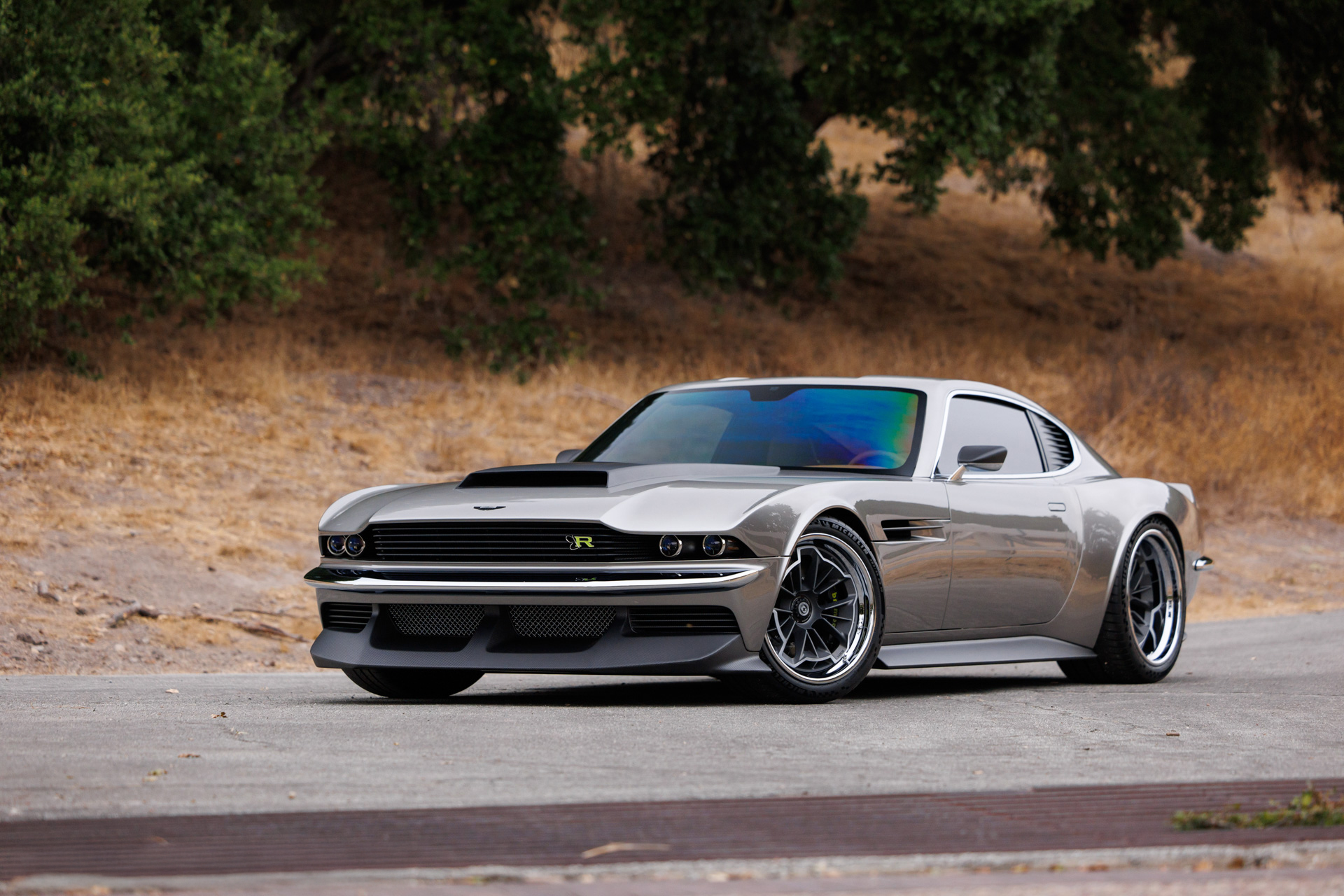











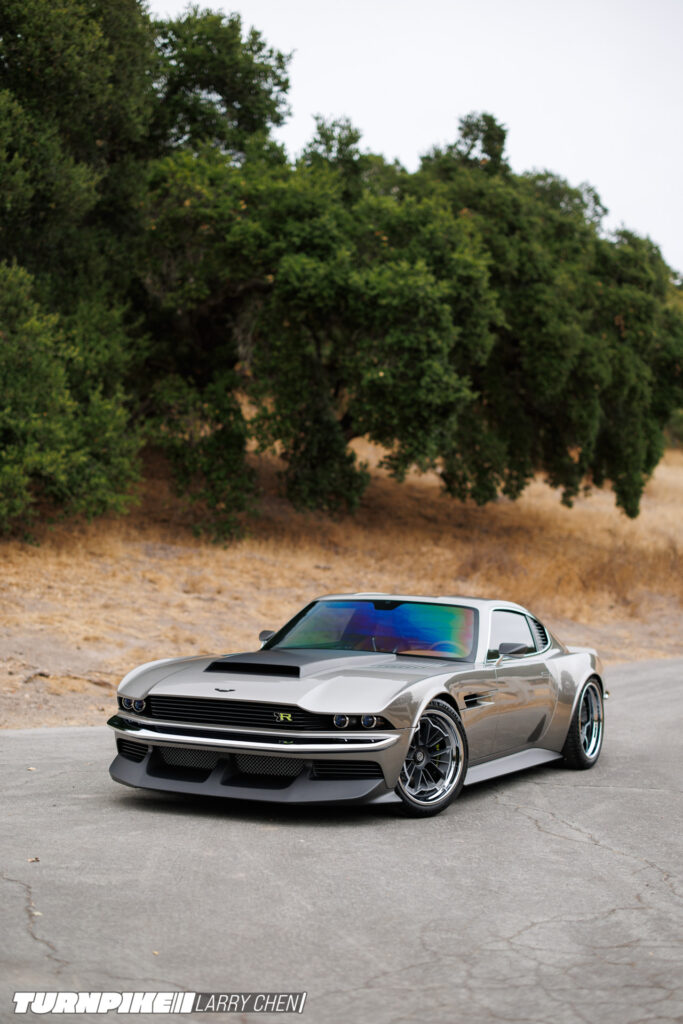


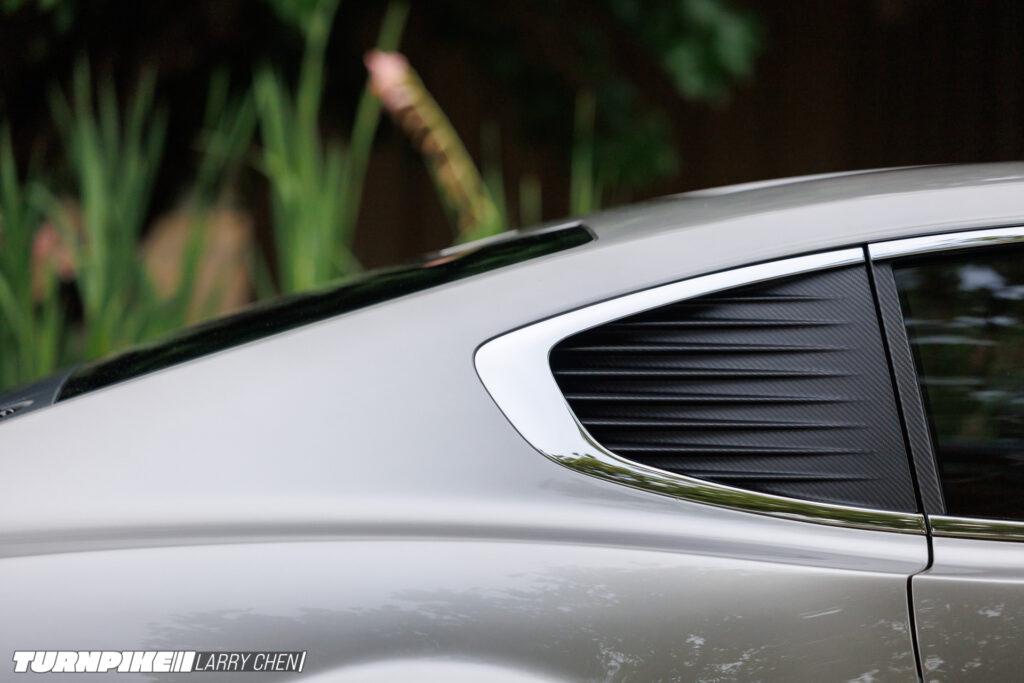
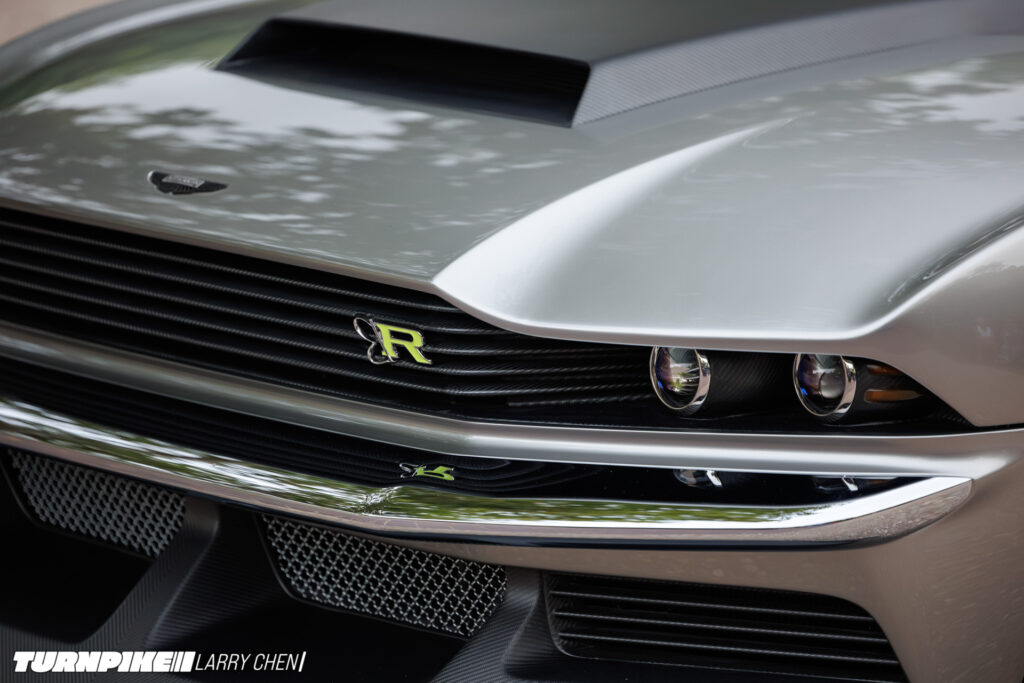
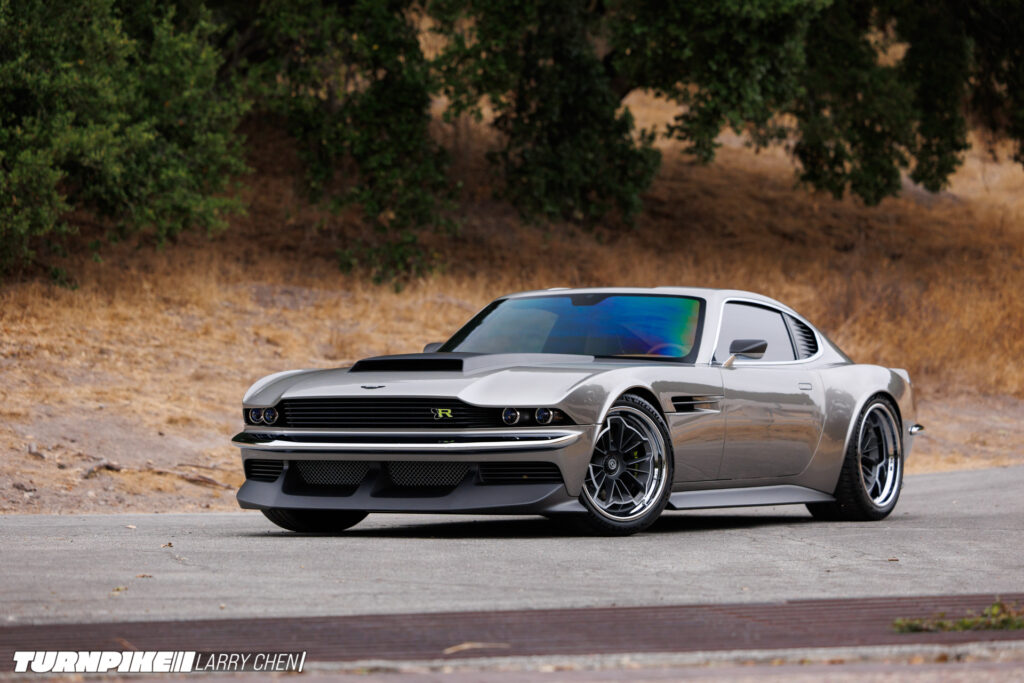




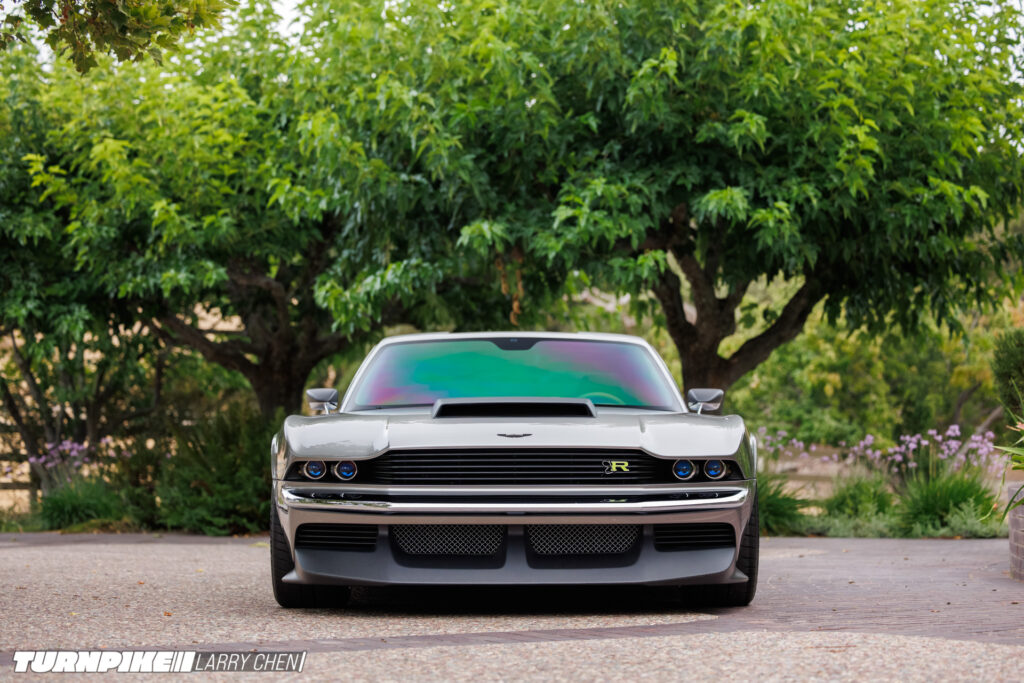
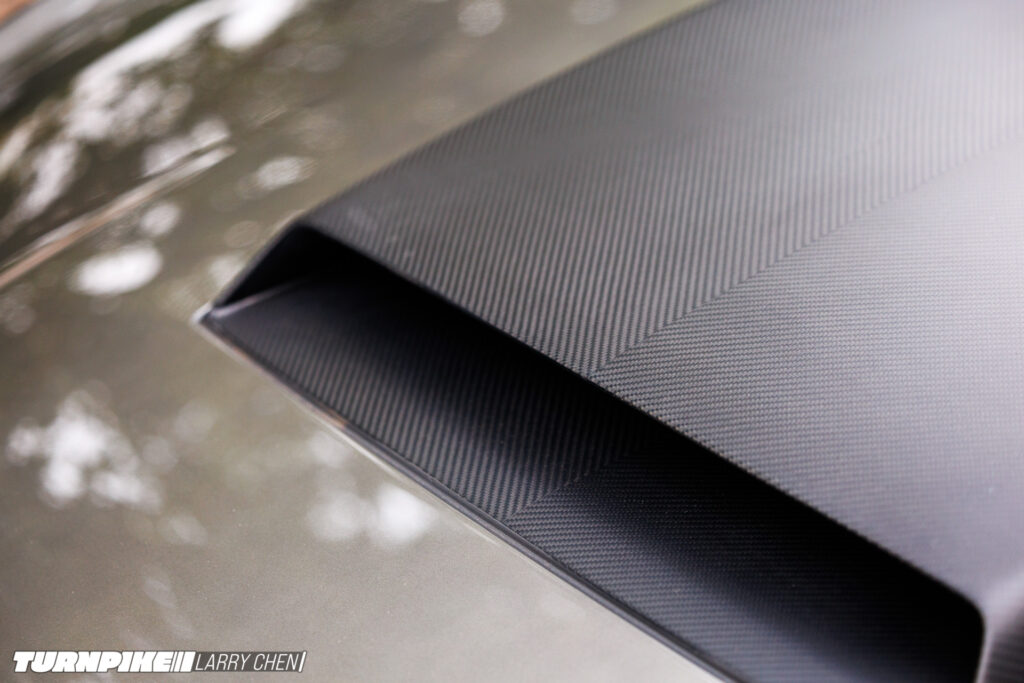






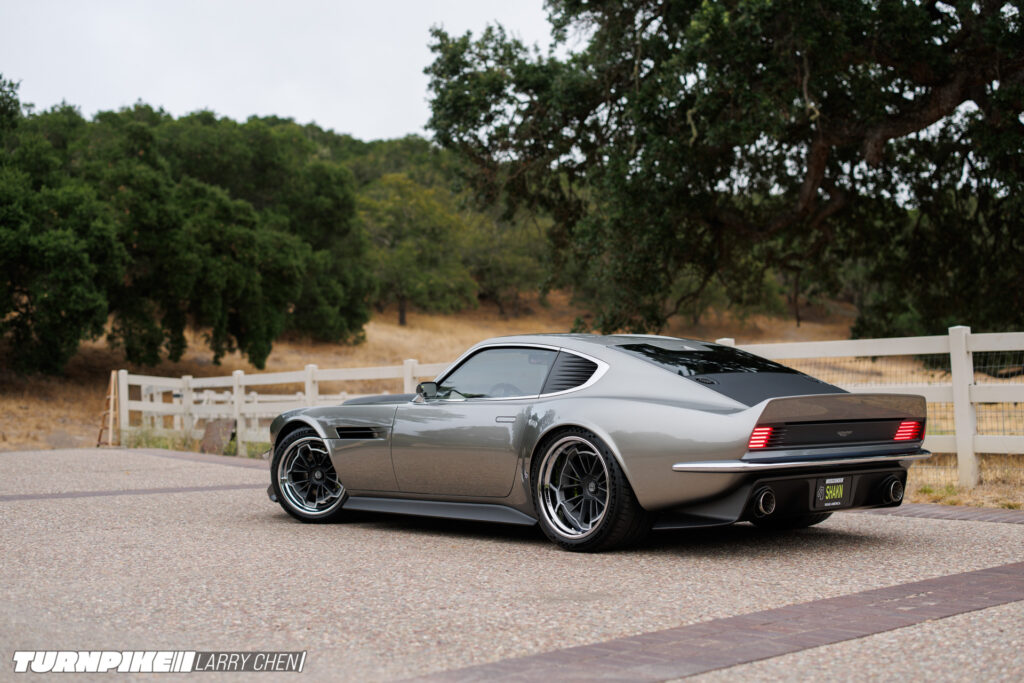












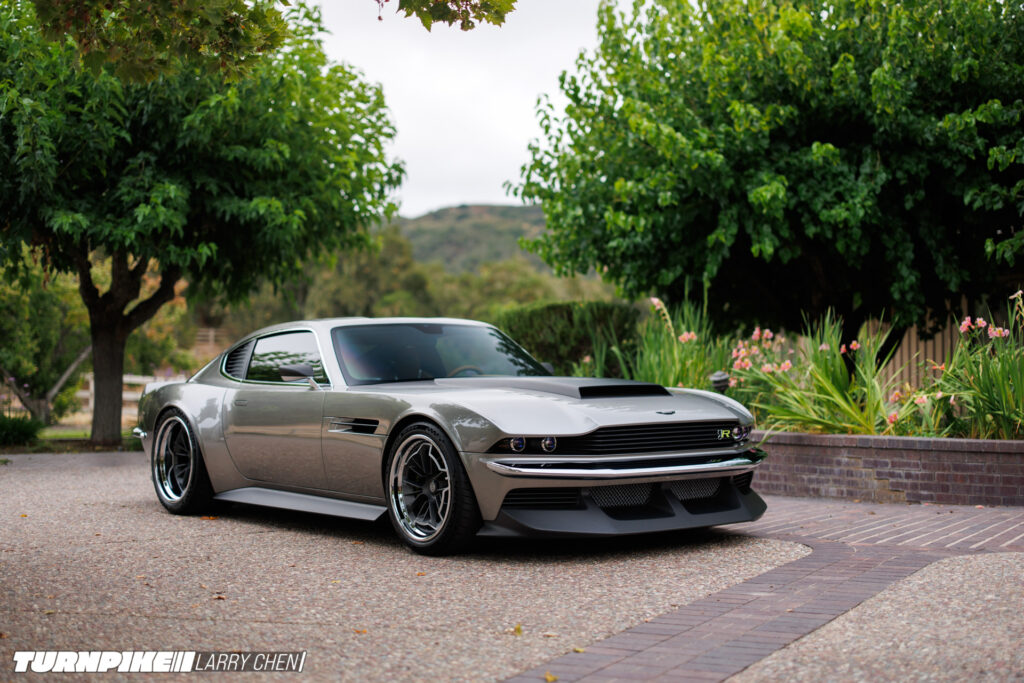

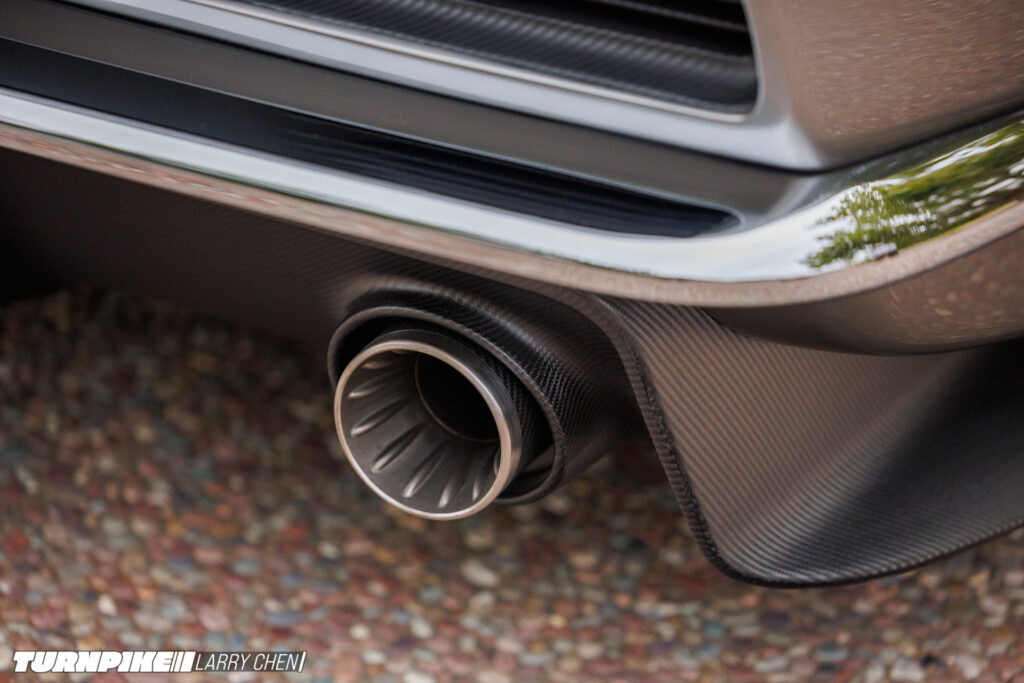
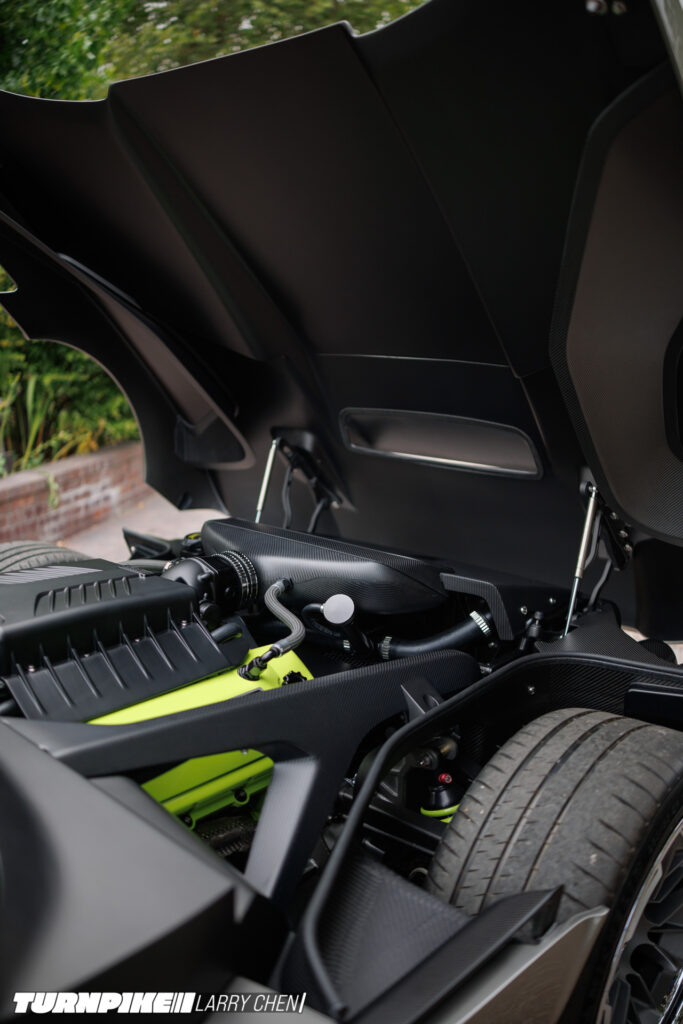












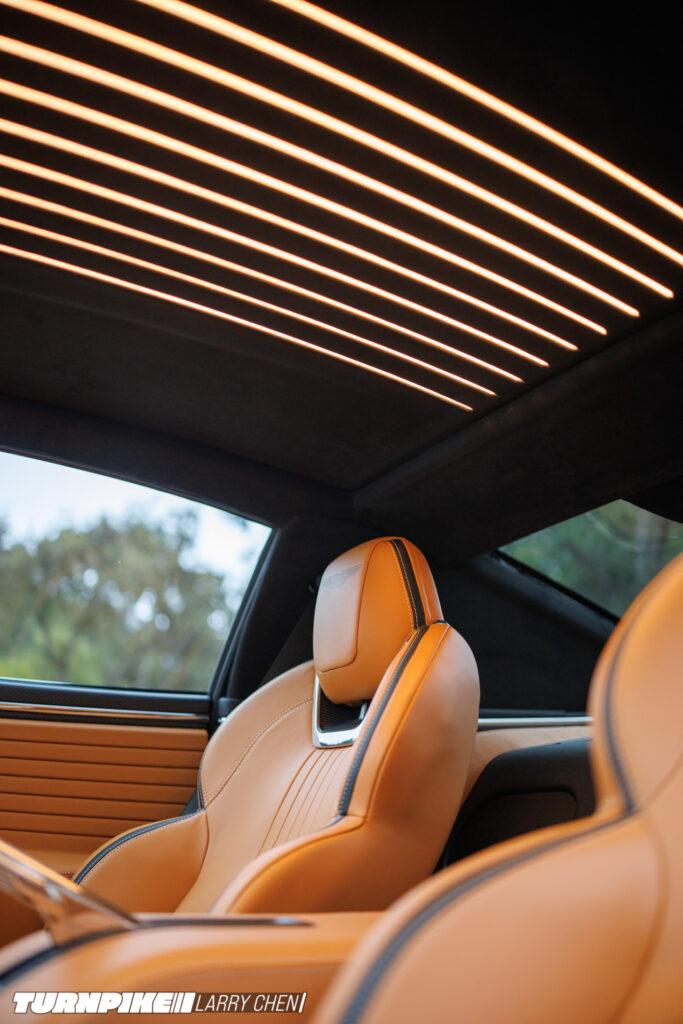




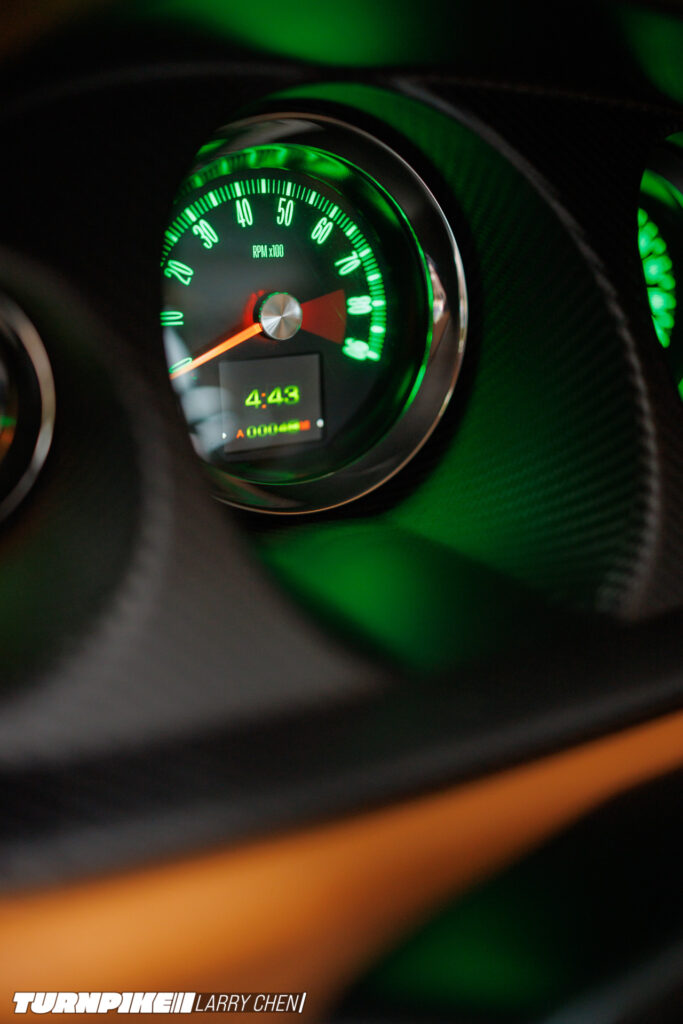



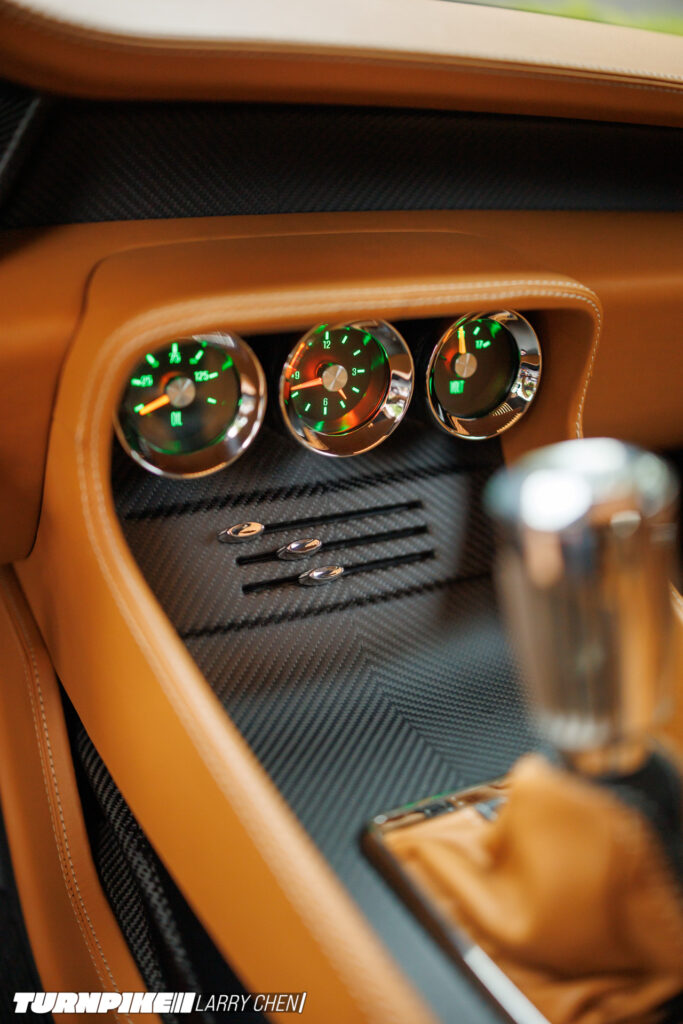








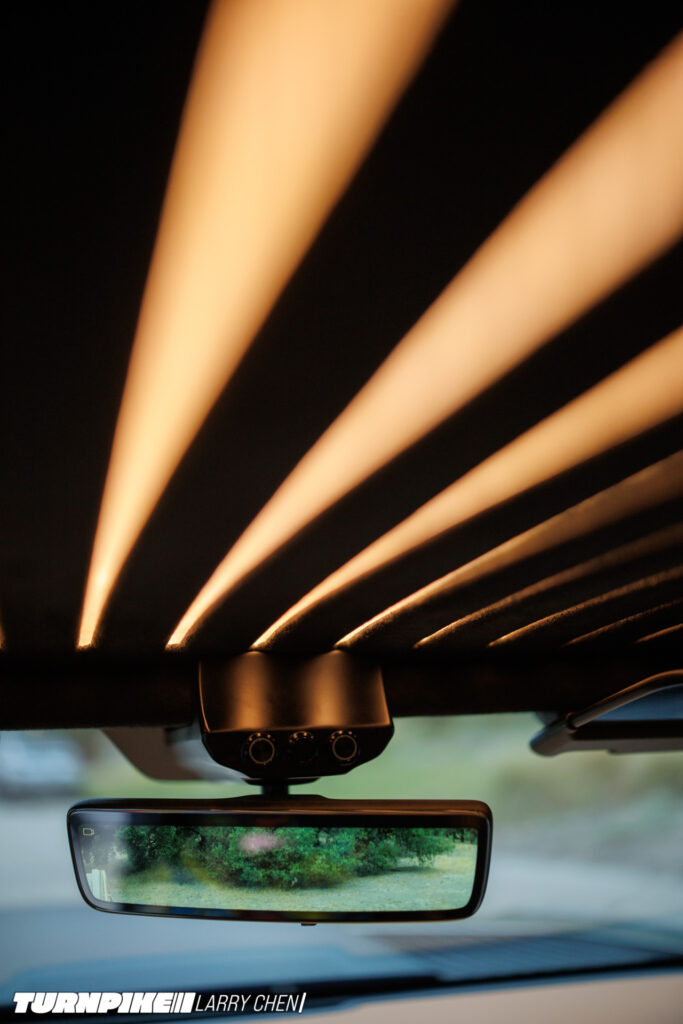



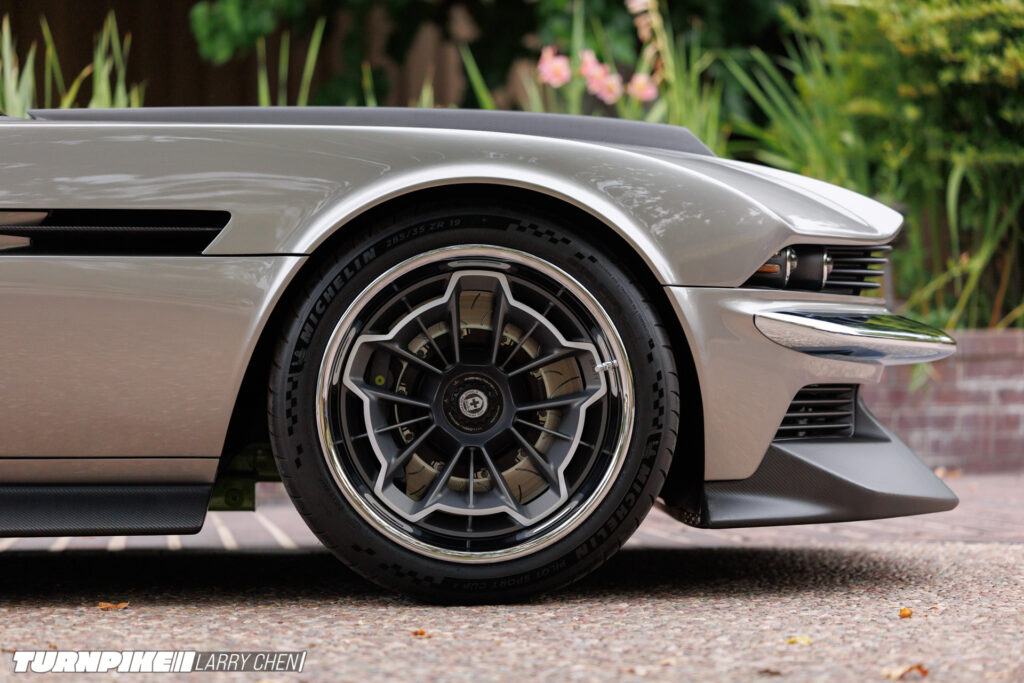


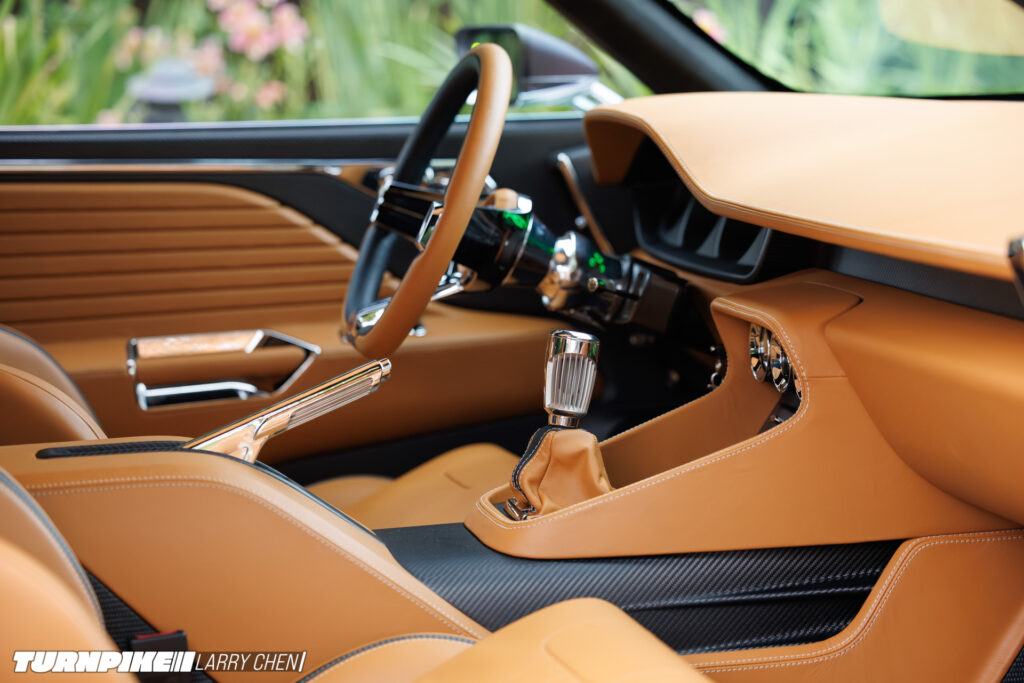


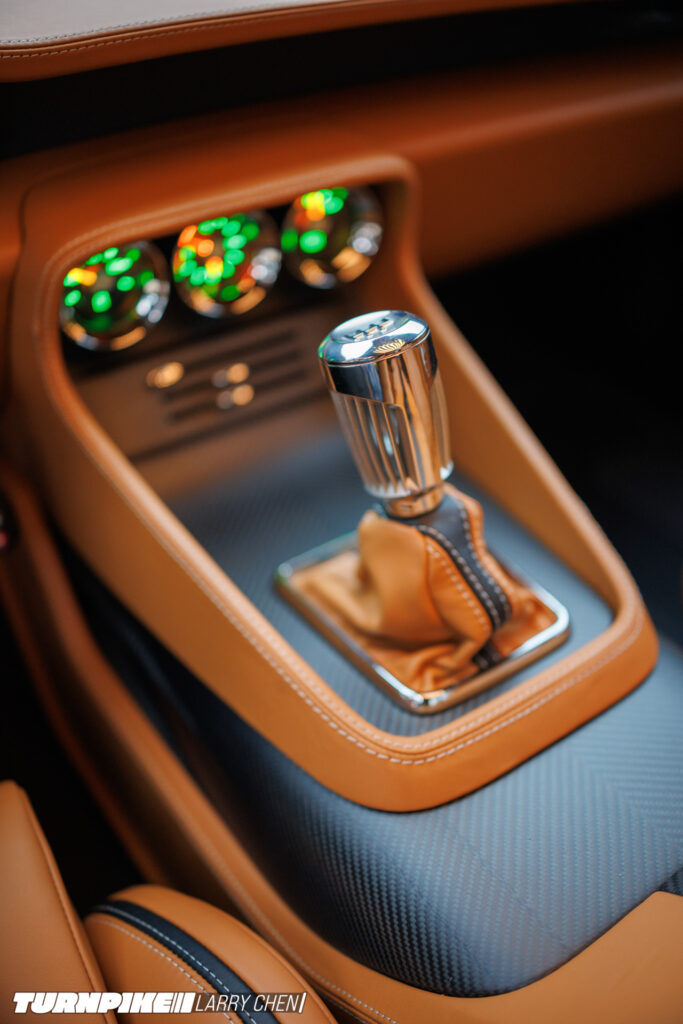


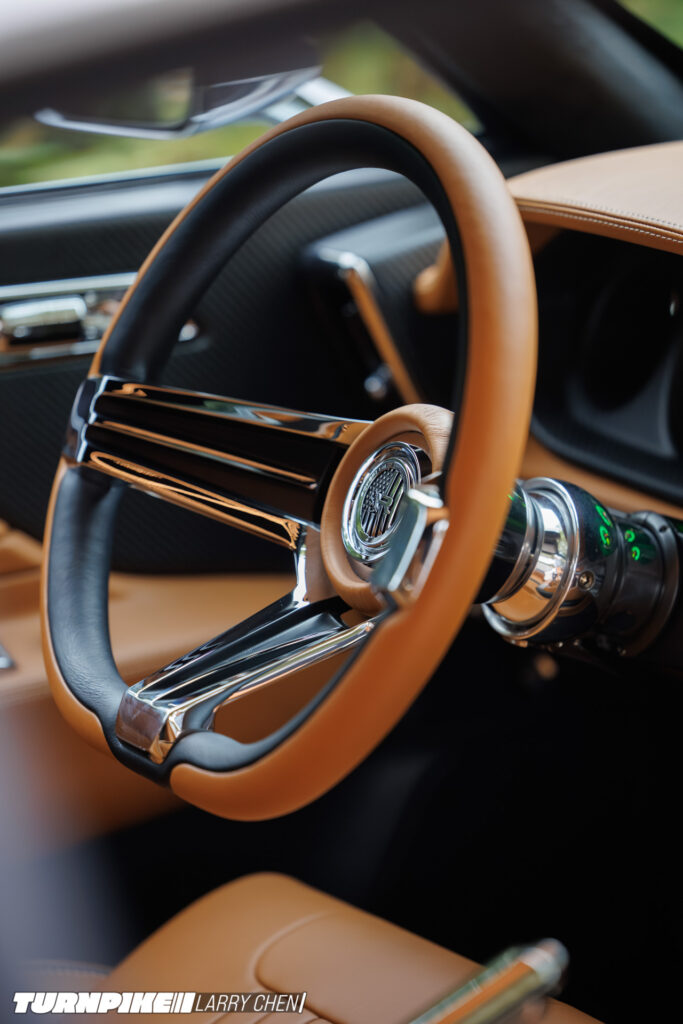








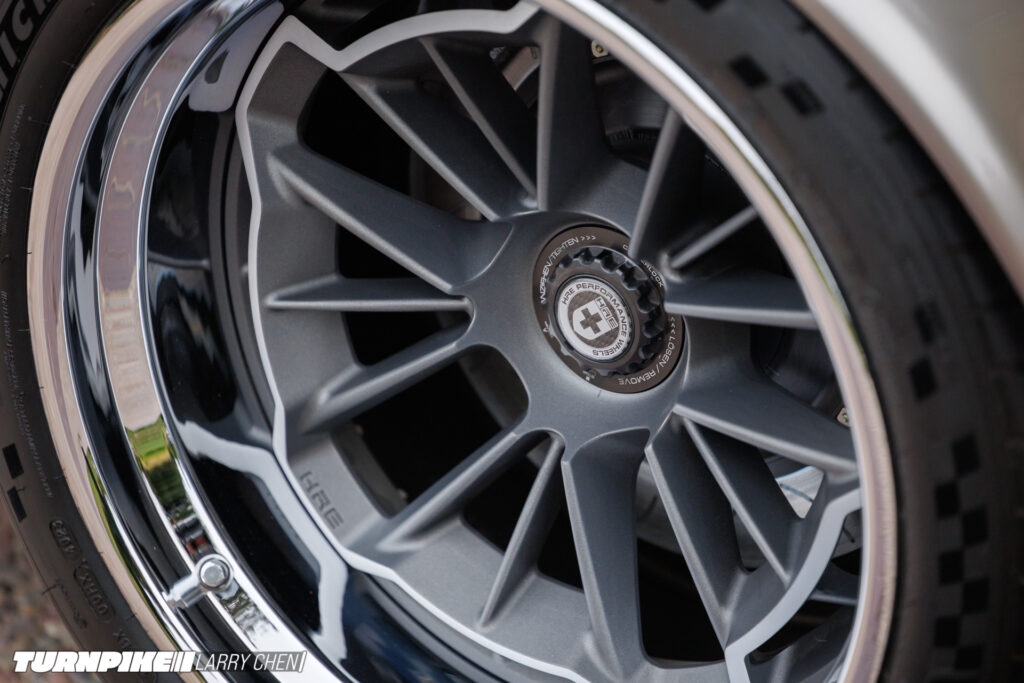



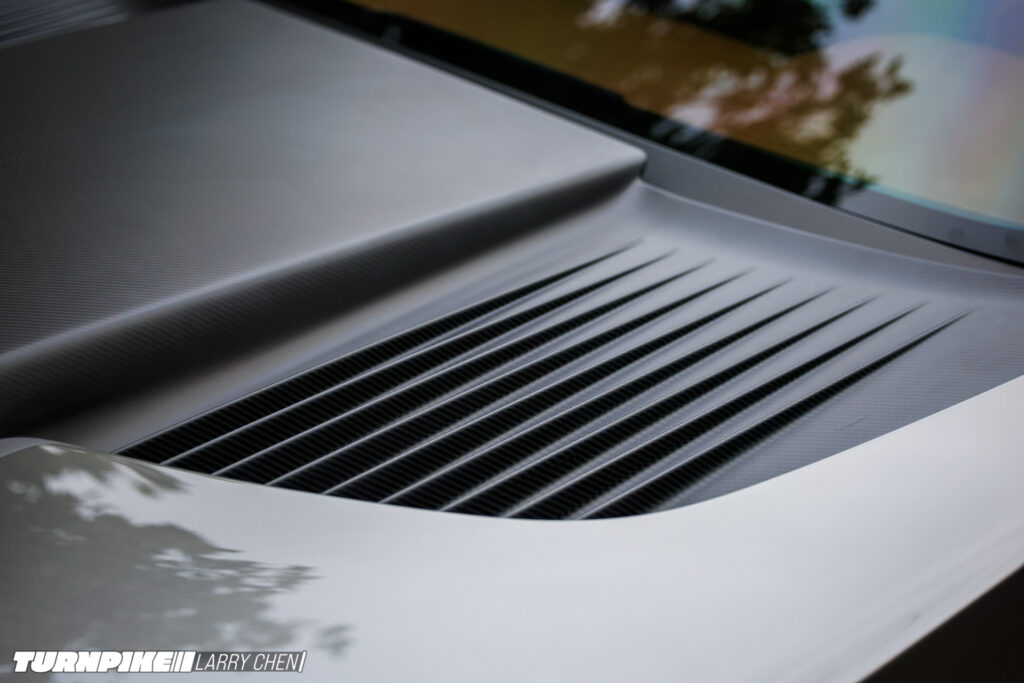


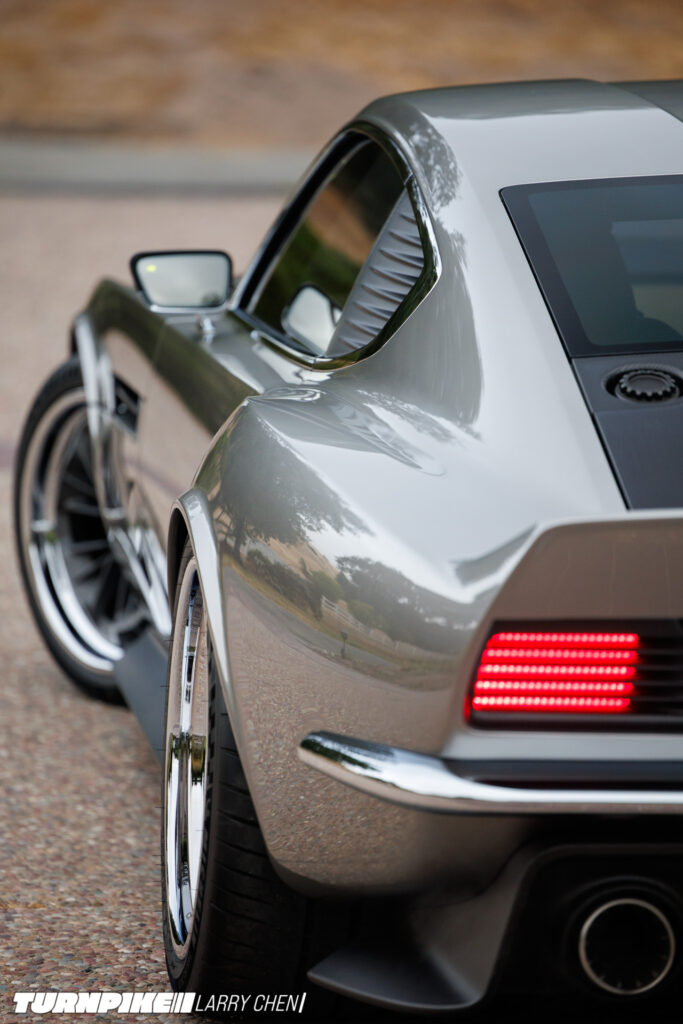



Now this is a car worth a million bucks such a sharp looking car this is my favorite Ringbrothers build here
One of the most incredible builds you’ve covered Larry. Next next level perfection. Both in terms of the build and the photography 🤩